The first thing to realize about the Hittites is that they are not Hittites. The sad fact is that we are stuck with an incorrect terminology, but it is too late to do anything about it now. This unfortunate situation came about as a result of several deductions made by earlier scholars which, though entirely reasonable at the time, have proved to be false. The Bronze Age civilization of Central Anatolia (or Turkey), which we today call Hittite, completely disappeared sometime around 1200 B.C. We still do not know exactly what happened, though there is no lack of modern theories, but that it was destroyed, of that there can be no doubt. The capital city was burnt to the ground and remained uninhabited for several hundred years. Out of the wreckage of Bronze Age civilization there emerged a group of small independent states, retaining some of the features and one of the languages of their all but forgotten ancestors, but dominated by the new ethnic groups in the area, chiefly the Arameans. The greatest number of these states were situated about the Taurus and Amanus mountain ranges, in southeastern Turkey and northern Syria. This is the area known to the kings of Assyria as the “HattiLand,” and this terminology is also to be found in the Old Testament where we meet such Hittites as the unfortunate Uriah and his beautiful wife, Bathsheba.
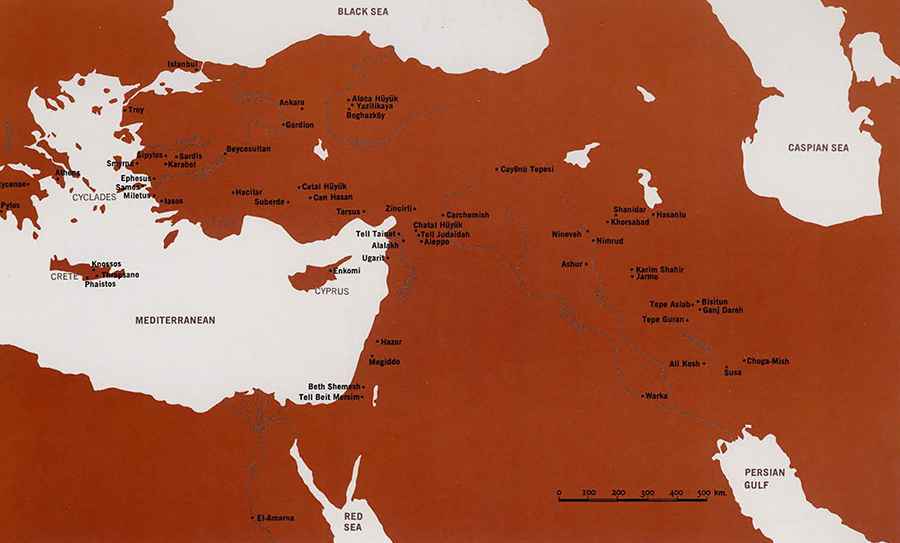
The Bronze Age civilization of Central Anatolia had disappeared from the pages of history without a trace, but, thanks to the Assyrians and their Hebrew contemporaries, the Iron Age Hittites survived to enter into the western historical tradition. Thus, when sites in northern Syria and southern Turkey began to be investigated, it was only natural to apply to them the name Hittite, meaning the inhabitants of the Hatti-Land. Such terminology is correct: these people are the true Hittites, the Hittim of the Old Testament.
In 1906 the Assyriologist Hugo Winckler, representing the Deutsche Orient-Gesellschaft, and Theodore Macridy Bey of the Ottoman Museum in Istanbul, opened excavations at a site near the Turkish vilage of Boghazkoy (“Gorge Village”), today modern Boghazkale. In 1907 they were joined by the architect Otto Puchstein, working on behalf of the German Archaeological Institute, and excavations continued in 1911 and 1912 till they were interrupted by the First World War. The Germans returned to the site in 1931 and, with a long hiatus caused by the Second World War, they have been there ever since and will be for some time to come. The recent excavations have been under the general direction of Kurt Bittel.
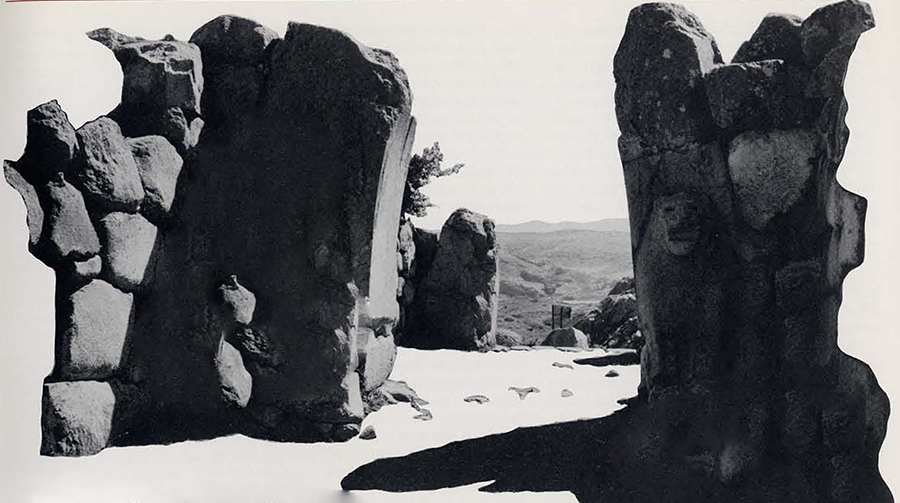
The site of Boghazkoy had been known to European scholars since 1834, when Charles Texier visited it and published his account and drawings of the existing visible ruins, both at Boghazkoy and at nearby Yazilikaya (“Inscribed Rock”). A plan of the city had been prepared by Carl Humann in 1883. In 1893-1894 the French archaeologist Ernest Chantre had explored the site, even finding a few clay tablets written in cuneiform characters. This is what attracted the attention of Winckler, who was then working on similar texts, the Amarna Letters, found in Egypt in 1887. Winckler hoped to find similar tablets at Boghazkoy and he was not to be disappointed, for, in that first season in 1906, working on the west slope of the citadel or Buyukkale, he and Macridy Bey excavated some 2500 tablets or fragments of tablets. I use the term “excavated” in a very general sense, for they were hacked out of the ground with a pickaxe and carted away in baskets. Fortunately, Hittite tablets were baked for contemporary use or little would have survived. By 1912 the count had reached some 10,000 pieces and virtually all of them had been sent to the Staatliche Museen in Berlin, where they still remain.
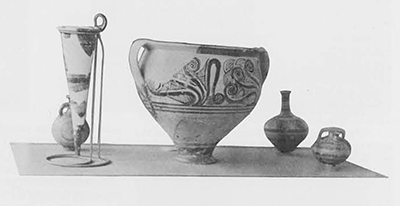
As chance would have it, many of the first tablets to be found were written in Akkadian , the lingua franca of the day, a language with which Winckler was very much at home. They revealed a kingdom situated in an area called the “Hatti-Land,” using the same name as the later Assyrian texts, this kingdom being ruled by kings bearing such names as Hattushili, Tudhaliya, and Shuppiluliuma, kings who stood on an equal footing with and were in diplomatic relations with the kingdoms of Assyria, Babylonia, and Egypt during the mid second millennium B.C. Winckler announced the discovery of the capital city of the Hittites, and so we know it still today. The ancient name of the site turned out to be Hattusha. Winckler also found in these texts a group of people called the Hur-ri or Har-ri (the signs could be read either way), governed by kings with Indo-Aryan sounding names like Tushratta. Winckler chose the latter reading, to his and our great misfortune, as the Harrians were, of course, soon to be identified with the Aryan master race, a confusion which still exists today, though it has long been apparent that the Hurrians have nothing to do with any Indo-European language group.
The majority of the tablets found in these early excavations, and in all subsequent ones, were written not in Akkadian but in some hitherto unknown language. Transliterations of the texts were published, but they could not be read. The situation was similar to that which exists today between Linear B and Linear A. In 1915 the Czech scholar, Bedrich Hrozny, published a paper in which he claimed to read this language as an early form of Indo-European. His decipherment was greeted with great scepticism, but has proved to be correct. We now know that these people we call Hittites were Indo-Europeans, belonging to the so-called Anatolian branch of the Indo-European language family. The similarity between Hittite and other Indo-European languages was quickly established.
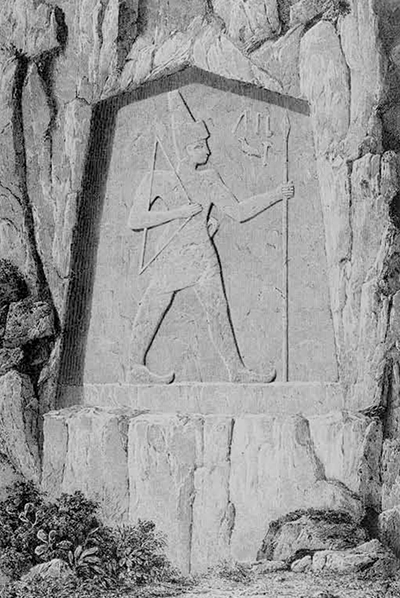
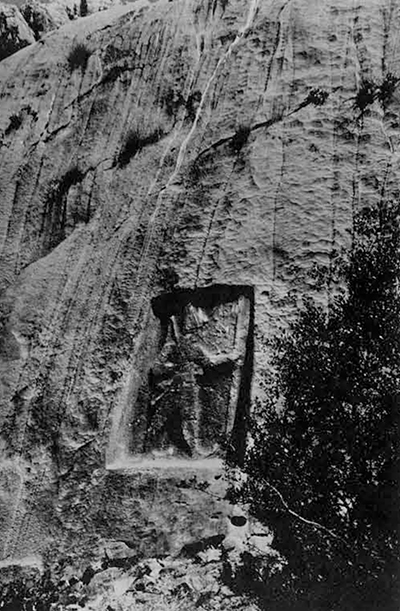
It is now believed that the Hittites came into Anatolia sometime in the latter part of the third millennium B.C., though exactly when and from where are questions we still cannot answer. Presumably the arrival of the Hittites is related to that general migration now dated to the years around c. 2200 B.C., which also brought the first Greek-speaking peoples (or Proto-Greeks) into the Balkan peninsula, but the connection remains purely hypothetical and much work remains to be done on the whole question of early Indo-European history. At the present time, historical linguistics is about the only remaining field still dominated by the diffusionist theories of the nineteenth century.
The decipherment and translation of the Hittite texts themselves confirmed the historical picture derived from the Akkadian letters and treaties. The Hittites were indeed a major world power in the period 1700-1200 B.C., but they were not Hittites. That is, they did not call themselves Hittites. They refer to themselves as Neshians, “inhabitants of the city Nesha,” and their language Neshian. But so much for that; the scholarly world had already labelled them Hittites and, like it or not, Hittites they shall forever remain. It is just as well for the term Neshian only calls attention to our ignorance of this early period; we do not even know where Nesha is to be located.
With the decipherment of Hittite, scholars were finally able to appreciate the evidence provided by one of the Amarna letters, a text long known but of no use to anyone because no one could read it. The letter turned out to be one of two Amarna Letters actually written not in Akkadian but in Hittite. They represent correspondence with the kingdom of Arzawa, a land so remote that its scribes were unable to read and write Akkadian. In the letter in question the scribe from Arzawa addresses his Egyptian colleague:
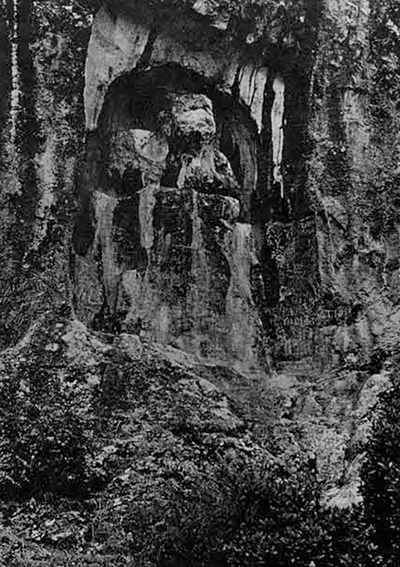
May the god Nabu, the “king of wisdom” and the Sun-god of the hilammar kindly protect the scribe who is to read this tablet (to the king); may they hold their hands protectively around you. Do, please, write me, 0 scribe. Also, put your name at the end (of the letter). Do write all tablets which they will bring me in Neshian!
There was the evidence all along: what we call Hittite should be called Neshian and the evidence for this had been available since 1887.
This raises the question: what is meant by the name “Hatti-Land,” where does it come from? Fortunately, we can now answer that question. Prior to the arrival of the Hittites the area of central Anatolia was controlled by a non-Indo-European group who called their language Hattic, their land the Hatti-Land, and their capital city Hattush. Presumably these people are to be identified with the royal graves at the site of Alaca Huyuk, north of Boghazkoy, but this is not certain. All that we can say is that they greatly influenced the later Hittite inhabitants of the area, who borrowed much from them, including the name of the land and of their capital city and who, to our great good fortunate, preserved Hattic texts in their own archives. By the time of the Old Assyrian merchant colony, or karum, at Boghazkoy, we find that the site is already known as Hattush, for the Old Assyrian tablets found there refer to the karum Hattush. Sometime around c. 1650 B.C. the Hittites took over the site. They took the name Hattush and added a Hittite nominative ending, making it Hattushas. The Hittite king, whose native name was Labarnash, took the throne name Hattushili, “the one of Hattusha.” The name Labarnash survived to become a royal title taken by all later rulers, as did the name of Caesar.
Hattic, Akkadian and Hittite are but the beginning. In 1919 the Swiss scholar, Emil Forrer, announced that he had identified no less than eight languages in the Hittite archives. You see now why the study of the Hittites has been dominated by philologists, for further research was to prove him quite correct. In 1924 Forrer tried to add a ninth, Achaean Greek. In the figure of Alakshandush, the prince of Wilusha, Forrer tried to find Alexandros of (W)ilios, the son of Priam and abductor of Helen. The men of Ahhiyawa in the Hittite texts were, of course, Homer’s Achaeans, the Achaioi (*Achaiwoi), who are in some way related to the land of Achaea (*Achaiwia). In Attarsiya, the man of Ahhiya(wa), Forrer found Atreus, while in Tawagalawa from Ahhiyawa Forrer managed to identify an *Etewoklewes, better known as Eteokles.
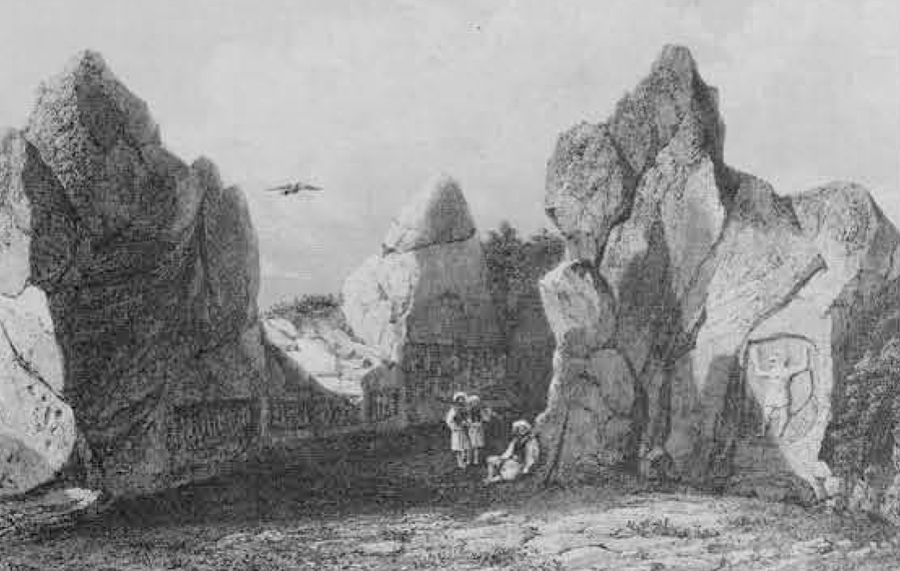
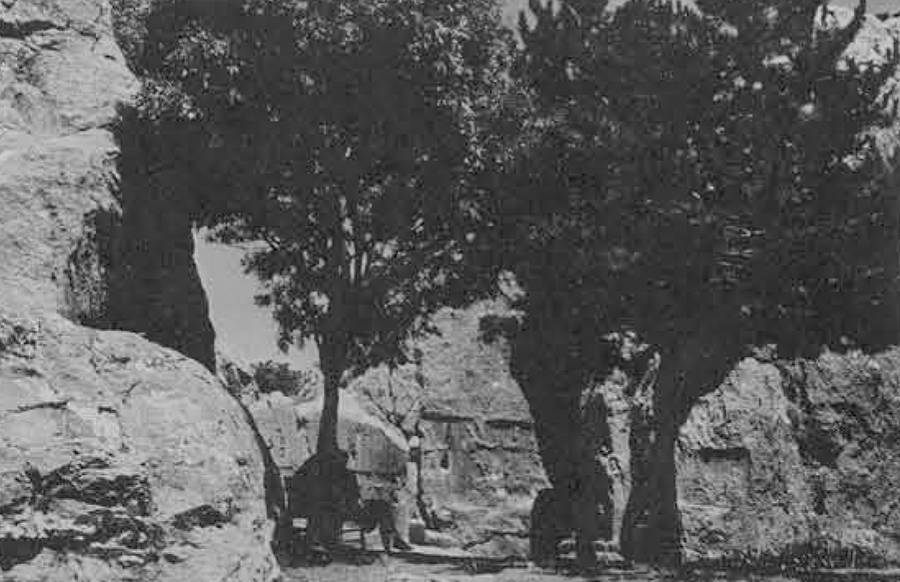
I am sure that everyone is familiar with that first chapter of Denys Page’s History and the Homeric Iliad, in which Page makes sport of the work of Forrer. As will be clear from what follows, I too find myself unable to accept the basis of Forrer’s theory, but, unlike Page, I respect Forrer as a scholar. Forrer is more than Ahhiyawa; there is scarcely a single subsequent development in Anatolian studies that does not go back to something first suggested by him.
What I want to emphasize here is the paradox that Forrer was, in fact, merely operating in the established tradition for, from the time of the ancient Greeks on, Hittite history and Hittite monuments have been seen as something other than Hittite. Scholars have seldom been content to see things in purely Anatolian terms. This, of course, also holds true for Troy or, to be more precise, for what was found at Hissarlik. The attempts to see the Hittite texts and the excavations at Hissarlik as providing evidence for the historical reality of Homer’s Trojan War are turning out to be even more of an illusion than Forrer’s Achaeans.
By the time the Greeks became interested in the interior of Anatolia the Hittites had long since gone. Herodotus tells us marvelous stories about Lydians and Phrygians. He came from a Carian city, Halicarnassus, and tells us about the early Carian population of Miletus, a group already mentioned by Homer. But of the Hittites not a word. Pausanias also came from Asia Minor, probably from Smyrna, and he too is a mine of information about Ionia and its environs, but of the Hittites he is sweet ignorance itself.
How can this be, you might ask; what about that Mycenaean pottery at Miletus and Ephesus, sites probably actually mentioned in Hittite texts as Millawanda and Apasas? Now we read of masses of Mycenaean pottery at Miletus and even of Mycenaean brick structures and a Mycenaean brick factory, to say nothing of a Mycenaean fortification wall. Surely this must mean that the Mycenaeans came into direct contact with the Hittites, and that it would be reasonable to expect a reference to them in Hittite texts. Let me take two reasonably concrete examples of possible contact: the two Hittite monuments mentioned in Greek literature. The first is the great rock-cut relief at Karabel near modern Kemal Pasa, east of Smyrna. It shows a Hittite king striding right, with a bow in his right hand and with his outstretched left hand holding a spear. From the rock-cut hieroglyphic inscription we can identify this as a representation of the Hittite king Tudhaliya, probably Tudhaliya IV. Now this monument was recorded by Herodotus, who describes it in some detail in chapter 106 of Book II, as part of his account of the Egyptian pharoah Sesostris:
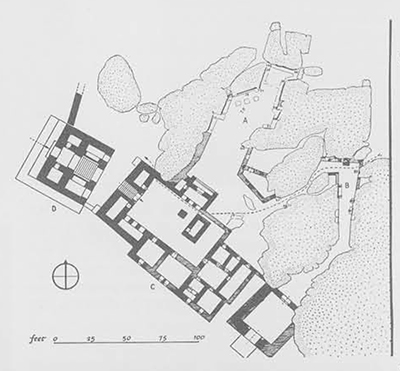
The pillars which Sesostris erected in the conquered countries have for the most part disappeared; but in that part of Syria called Palestine, I myself saw them still standing. … In Ionia also, there are two representations of this prince engraved upon rocks, one on the road from Ephesus to Phocaea, the other between Sardis and Smyrna. In each case the figure is that of a man, four cubits and a span high, with a spear in his right hand and a bow in his left, the rest of his costume being likewise half Egyptian, half Ethiopian. There is an inscription across the breast from shoulder to shoulder, in Egyptian hieroglyphics, which says, “With my own shoulders I conquered this land.” The conqueror does not tell who he is or whence he comes, though elsewhere Sesostris records these facts. Hence it has been imagined by some of those who have seen these forms, that they are figures of Memnon; but such as think so err very widely from the truth. (And so does Herodotus.)
Though Herodotus has the hands and objects reversed, there can be no doubt of the identification of his description with the Karabel relief. This was already recognized by Texier in his publication of the monument in 1849. Kiepert, who visited the Hittite monument in 1843, also accepted this identification, but no one, from Herodotus on, suspected it could have anything to do with the Hittites, for they knew nothing about the Hittites. Such Hittites as were mentioned in the surviving historical literature were clearly located in quite a different part of the world. The nineteenth century travellers realized that the monument could not be Egyptian; they suspected that it was Persian or perhaps even a testimony to the Scythian conquest of Asia.
Ah well, this is only Herodotus, writing in the mid fifth century B.C. My second example comes from Homer. Now Homer, if anyone, should know something about the Hittites and, indeed, many efforts have been made to find them in the Iliad or the Odyssey, either under their own name or disguised as Amazons. Homer is, after all, writing about Anatolian affairs; surely he must be aware of the existence of the major Bronze Age power in Anatolia. Homer does give a “Trojan Catalogue,” listing the allies of Priam, but there is no mention of the Hittites, nor should we be surprised by this for nothing Hittite has ever been found at Troy. Homer does speak of the Phrygians, a problem which bothered Strabo and is still an embarrassment to most Homeric scholars today. The meeting between Priam and Achilles, in the 24th book of the Iliad, inspired Homer to think of Niobe who, like Priam, had also suffered the loss of all of her children. So much did she weep for their loss that she was turned to stone:
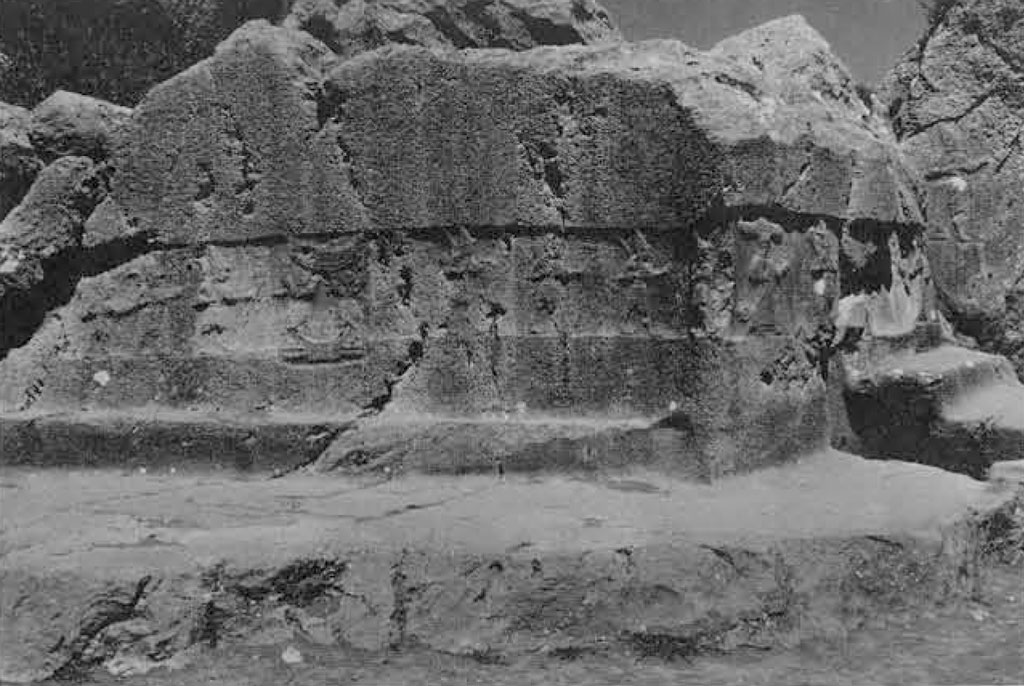
And now somewhere amid the rocks, on the lonely mountains, on Sipylos, where, men say, are the crouching-places of goddesses, even of the nymphs that range swiftly in the dance about Achelous, there, although a stone, she broodeth over her woes sent by the gods. (XXIV:614-617)
Though these lines were rejected by Aristophanes of Byzantion and by Aristarchus, the stone figure of the weeping Niobe on Mount Sipylos is well known in Greek literature and is mentioned by Sophocles (Antigone, 825f.), Pausanias (1.21.3; 3.22.4; 7.2.7); in the fragmentary Niobe of Aeschylus, in Quintus Smyrnaeus (I. 293-306), and even by Nonnus (2. 160). All this was studied by W. M. Ramsay in 1882 who came to the conclusion that the stone figure of the weeping Niobe could be identified with a rock-cut relief on Mount Sipylos near Akpunar, in the Manisa region. Ramsay did have his doubts:
Moreover, I have never been able to see it weep. I have gone twice in the midst of heavy rain which had lasted for some time, but found not a drop of water flowing over the figure: the water drops from the front of the niche quite clear of the figure and does not touch even its knees.
This is what happens when you take your Classics too literally. The image of poor old Ramsay standing out there in the rain is enough to sustain me through months of fruitless research.
The Greeks identified the figure as that of Niobe, but we now know it to be Hittite, representing some Hittite goddess. We still know very little about the relief, but the iconography and style of carving make it unquestionably Hittite.
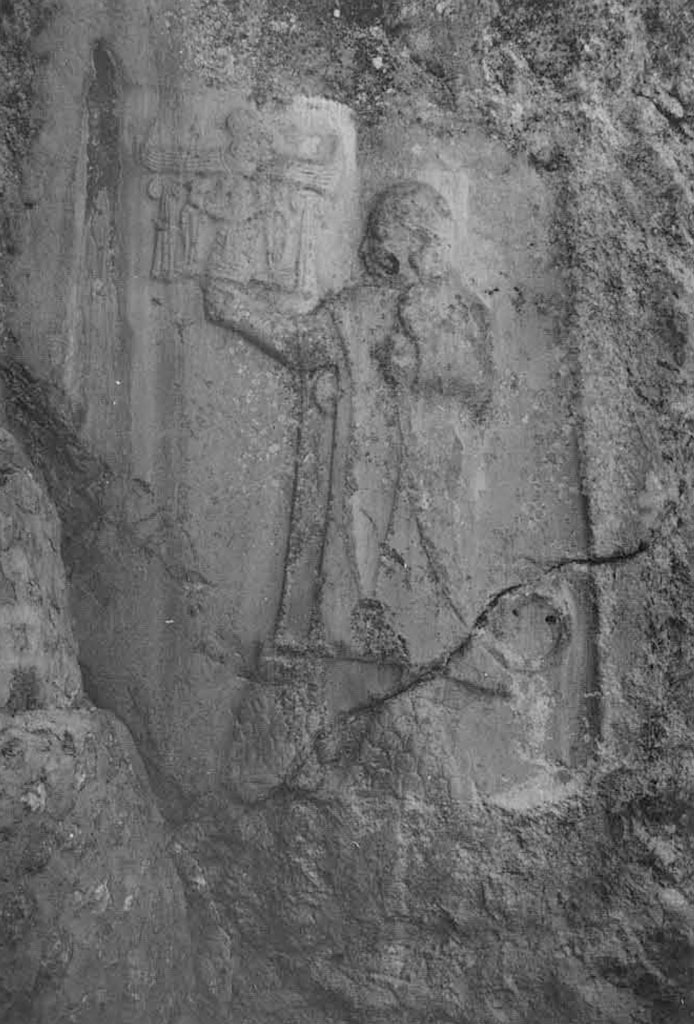
The presence of the Greeks in Anatolia has made such an impression upon modern scholars that, until proved otherwise, almost everything has at first in some way been connected with Greeks or with events and people discussed in Greek authors. The rock-cut sanctuary at Yazilikaya is another good example. Charles Texier visited the site in 1834; his account and drawings were published five years later. He decided that the two processions of figures at Yazilikaya represented Amazons and Paphlagonians. Others decided the whole scene represented the signing of the treaty between Alyattes and Kyaxares, following the eclipse of the sun as predicted by Thales, presumably the eclipse of May 28, 585 B.C. The central male and female figures were identified as Astyages, son of Kyaxares, and Aryenis, the daughter of Alyattes, the scene being their royal wedding as described by Herodotus (1.74). As for the ruins at Boghazkoy itself, they were identified with Pteria, the site of the battle between Croesus and Cyrus and described by Herodotus (1.76) as “the strongest position in the whole country thereabouts.”
We now know that Yazilikaya is a Hittite religious sanctuary, constructed by the Hittite king Tudhaliya IV around the middle of the 13th century B.C. He carved his own image there, showing himself in the dress of a Hittite king with the royal staff of office, the Iituus, also carried by Etruscan judges. He is identified by inscription, as are all the central figures at Yazilikaya. The central group shows, not a Lydian princess and a Median prince, but Teshup, the storm god; his wife, Hepat; their son, Sharruma; and their pet bulls, Hurri and Sheri (“night” and “day”). The inscriptions demonstrate the great impact of Hurrian religion upon Hittite civilization, for all of the deities depicted here have Hurrian names and are the chief deities of the Hurrian pantheon. The exact purpose of Yazilikaya is still not entirely clear, but presumably it had something to do with the celebration of the annual New Year’s festival.
I do not wish to belittle the efforts of the nineteenth century travellers; we owe much to
their diligent and intelligent recording of ancient monuments. The point is that they made use of what was at hand. The ancient Greeks themselves had made identifications based upon what they knew from surviving history and traditions, and the European travellers were only following suit. Nobody, ancient or modern, suspected the Hittites, because nobody knew anything about the Hittites. In the surviving Greek literary traditions there is not a trace of anything that can be said to indicate Greek knowledge of the Hittite civilization of Bronze Age Anatolia.
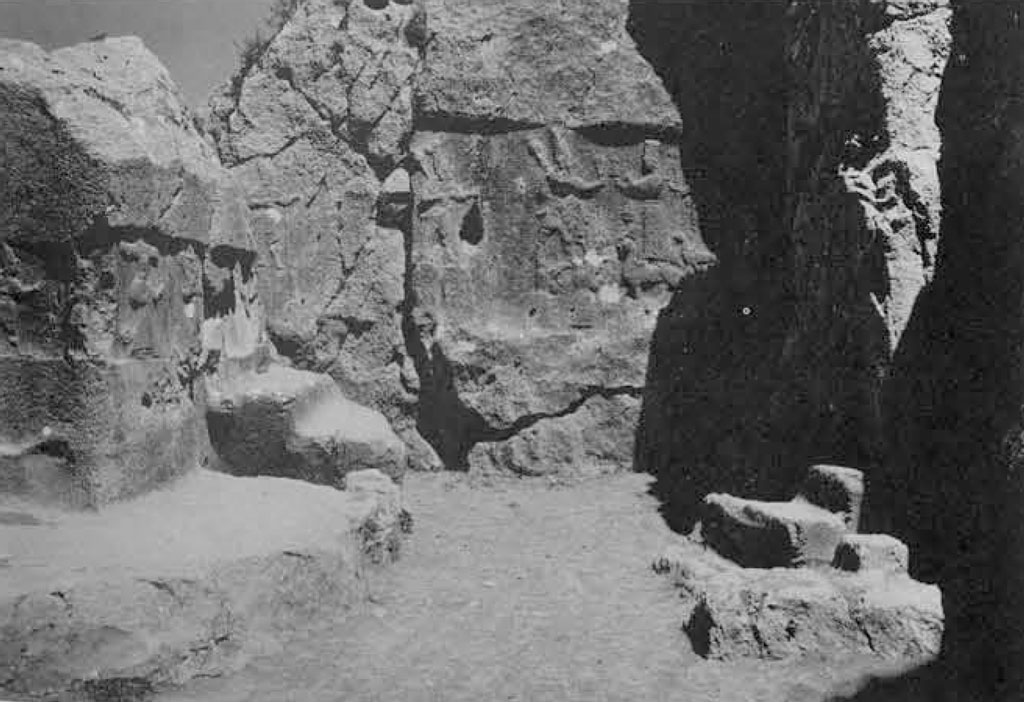
It is against this historical background that we must evaluate the possibility of the Mycenaean Achaeans having been within the Hittite sphere of interest. There are a number of Hittite. texts which mention Ahhiyawa, though most of them have survived as mere bits and pieces of what were once long compositions, extending over several tablets. The most detailed edition of these documents was published by Ferdinand Sommer as Die Ahhijava-Urkunden, in Berlin, 1932. Sommer asked what is for me the most significant question: What do these texts tell us about the land of Ahhiyawa? In particular, is there anything which would suggest the existence of something other than a local Anatolian power? Sommer’s answer was an emphatic NO, and nothing written in the past forty years has done anything to change that position. Scholars have expressed wonder over the fact that the king of Ahhiyawa can actually be found operating on Anatolian soil. Well, I would answer, where else should he be! He is found in this text right where he belongs: not standing beside the Lion’s Gate at Mycenae but in the company of Anatolian princes in western Anatolia.
In the famous Tawagalawa Letter (KUB XIV 3) the Hittite king refers to the sending of a high-ranking ambassador, one Dabala-Dattash, to the king of Ahhiyawa:
Now Dabala-Dattash is not a man of low rank; from my youth on he used to ride the chariot (with me) as a court official, also with your brother and with Tawagalawa he used to ride [on the chariot] .
As everyone has recognized, this passage establishes the close personal relationship which must have existed between the kingdom of Ahhiyawa and the Hittites.
We are asked to believe that an oral tradition that could remember the extent of the kingdom of Polypoites and Leonteus, that it consisted of the cities of Argissa, Gyrtone, Orthe, Elone and Oloosson (places that nobody in the Classical period had even heard of), and that it contributed 40 ships; that this oral tradition remembered not only the names of places, often places whose very location was unknown to later Greek authors, but also their appropriate epithets as well, so that Pyrasos is “flowery,” Arne is “many vined,” that Enispe is “windy,” Orchomenos “rich in sheep,” that Messe (in Laconia) had many doves and Mantinea is “desirable”; it could remember all this but somehow managed to forget completely the very existence of the major Bronze Age power in Anatolia, the power that exercised nominal control over most of western Anatolia and whose armies were, throughout the 13th cenutry B.C., conducting almost continual military campaigns in the West, against the kingdoms of Arzawa and Assuwa. Yet the king of Ahhiyawa, who engages in diplomatic correspondence with the Hittite king, is supposed to be none other than the ruler of Mycenaean Greece; he resides at Mycenae, but his brother actually goes chariot riding with Arnuwanda, the king of the Hittites, To quote the Duke of Wellington: “If you believe that, Sir, you can believe anything.”

One final question: is there any reason to believe that the Hittites would have, let alone must have, come into contact with Mycenaean civilization. Here we are dealing with what is really a problem in historical perspective. Because we continually see things from the Greek point of view, we tend to assume that Greece was always the center of events and that everyone else knew of and was concerned with Greek affairs. Yet, seen in proper historical perspective, Greece was, in all periods prior to the conquests of Alexander the Great, a remote and peripheral area, on the very fringes of the civilized world,
The Hittites had no interest in Mycenaean Greece. Why should they have concerned themselves with a primitive, rather barbaric and mostly illiterate land, far beyond a sea they would never have dreamed of crossing? Mycenaean pottery has indeed been found on the Ionian and Carian coasts, but we must be very careful in assessing the significance of what are still but a few chance finds, apart from Miletus and now lasos. Much work remains to be done, if only it were possible to do it. The Hittites themselves had very little interest in the west coast. They were not a sea power and seem to have had little or no concern with Aegean or Mediterranean trade. Hittite interests looked to the east and to the south, to Syria and the kingdom of Mitanni, to Assyria, Babylonia and Egypt. Here was to be found the real center of the civilized world in the second millennium B.C. The Mycenaeans were about as much a part of this as England was a part of the world of Pericles. We often tend to view the transmission of ideas as a movement from west to east but, in broad historical terms the actual movement of civilization has been, for all periods prior to the Renaissance, a movement from east to west (ex Oriente lux).
This lack of perspective is a sin of modern historiography; the ancients knew better. The first great conflict between East and West came at the beginning of the fifth century B.C. For the wars between Greece and Persia we are wholly dependent upon Greek sources, for the Old Persian texts never mention this confrontation, though they do refer to “the Greeks who dwell beyond the sea.” It took Persia some time to realize that she was now dealing with something other than the usual run of barbarian, to be frightened off with an appropriate show of force. For me the key passage comes in Herodotus’ description of the reaction of Cyrus, upon learning of the burning of Sardis at the hands of the Ionians and Athenians (V. 106):
It is said that he no sooner understood what had happened than, laying aside all thought concerning the Ionians, who would, he was sure, pay dear for their rebellion, he asked, “Who the Athenians were?”
for Darius had never heard of them and, lest he forget, having once been told, he bade one of his servants every day, when his dinner was spread, three times repeat these words to him—”Master, remember the Athenians.”
The Hittites had no cause to remember the Achaeans; they had never even heard of them.
